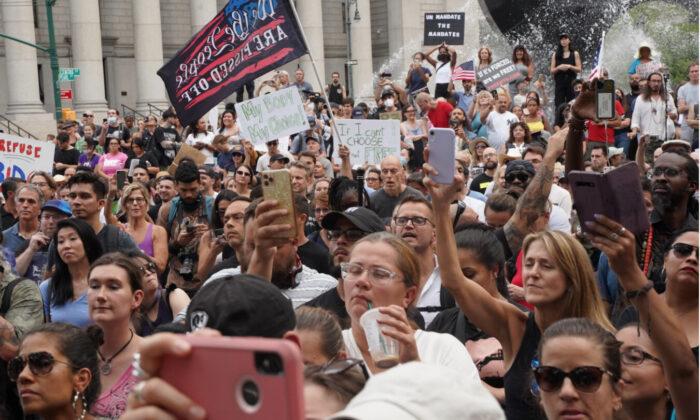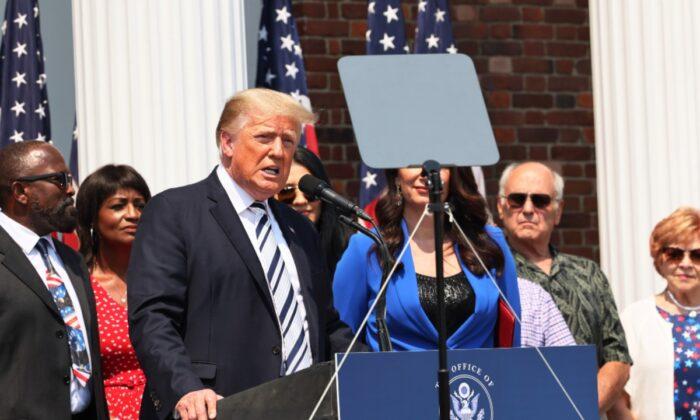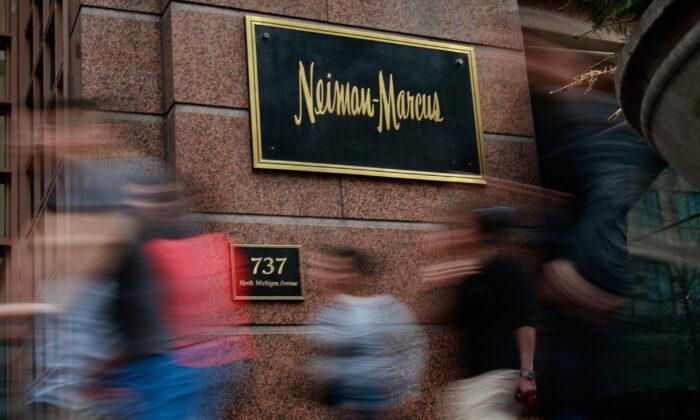Youtube, the video hosting platform owned by Google, announced on March 29 that they are going to test making the “dislike” count on videos invisible.
The tech giant says that it’s being done in response to “targeted dislike campaigns” and “creator feedback around well-being.”
“In response to creator feedback around well-being and targeted dislike campaigns, we’re testing a few new designs that don’t show the public dislike count,” YouTube announced on Twitter.
“If you’re part of this small experiment, you might spot one of these designs in the coming weeks.”
A majority of responses on both the Twitter announcement and on the support page disapprove of the idea, with some comments suggesting the move is a consequence of the tremendous imbalance of “dislikes” on the present administration’s videos on their White House channel.
Some other commentators expressed concerns that it would not be good for people who want to obtain feedback about the video quality, whether it be for creators or viewers.
In January, YouTube deleted what appears to be thousands of “dislikes” from videos on the official channel of President Joe Biden’s White House. The company said it’s a part of its regular efforts to remove engagement it considers inauthentic.
People on the platform noticed that dislikes have been disappearing by the thousands from several White House videos and started posting before-and-after screenshots on social media shortly after the incoming administration took over the channel and published its first videos.
The screenshots indicate a total of at least 16,000 dislikes were removed from at least three videos. Even after the adjustments, the five videos on the channel had about 14,000 likes combined versus nearly 60,000 dislikes as of 3:30 p.m. on Jan. 21.
In response to a screenshot of one of the videos, YouTube told The Epoch Times that it’s monitoring engagement on the site to detect and remove activity it considers spam so that only engagement it considers organic remains. The mechanism worked as intended in the case of the Biden video, the company stated.
It isn’t clear how YouTube discerns between authentic and inauthentic engagement; the company didn’t immediately respond to a request for further details.




